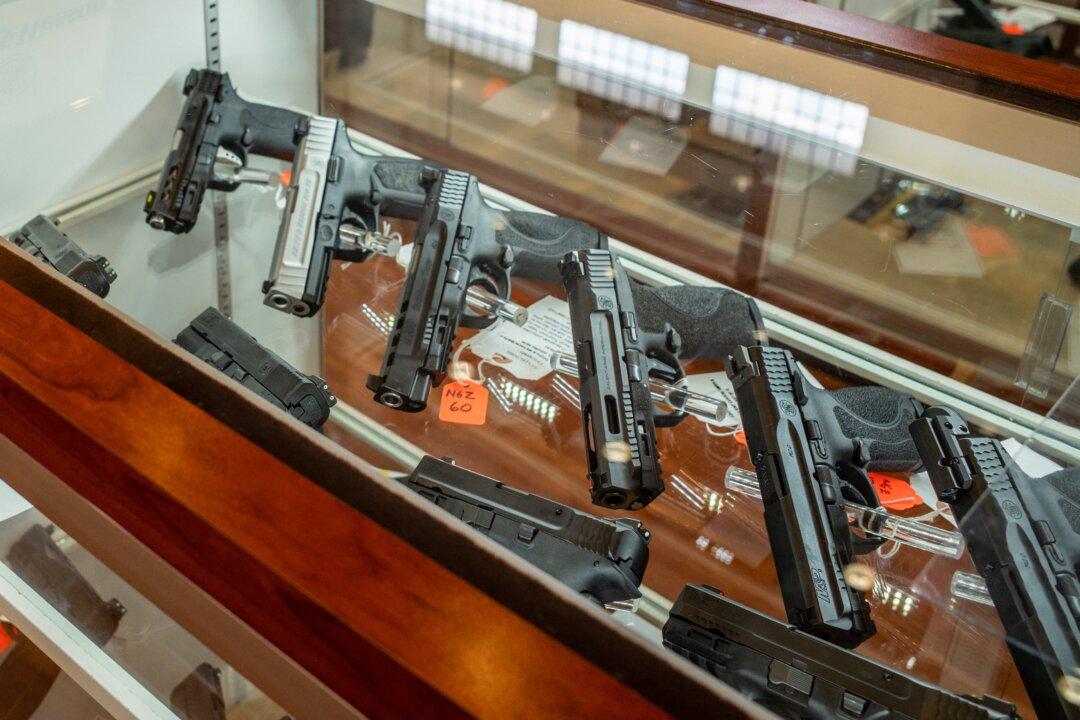A bill introduced in the Maryland General Assembly would prohibit sellers from transferring 10 or more firearms in a single transaction unless each of the firearms includes an embedded tracking device that can’t be removed without rendering the firearm permanently inoperable.
Maryland House Bill 704, introduced by Democrat Del. Pam Queen, would establish a requirement that if one party transfers 10 or more firearms to another party, each of those firearms must have a tracking device embedded in the frame or receiver. The bill requires that each tracking device “is not readily capable of being removed, disabled, or destroyed without rendering the firearm permanently inoperable or destroying the frame or receiver.”





